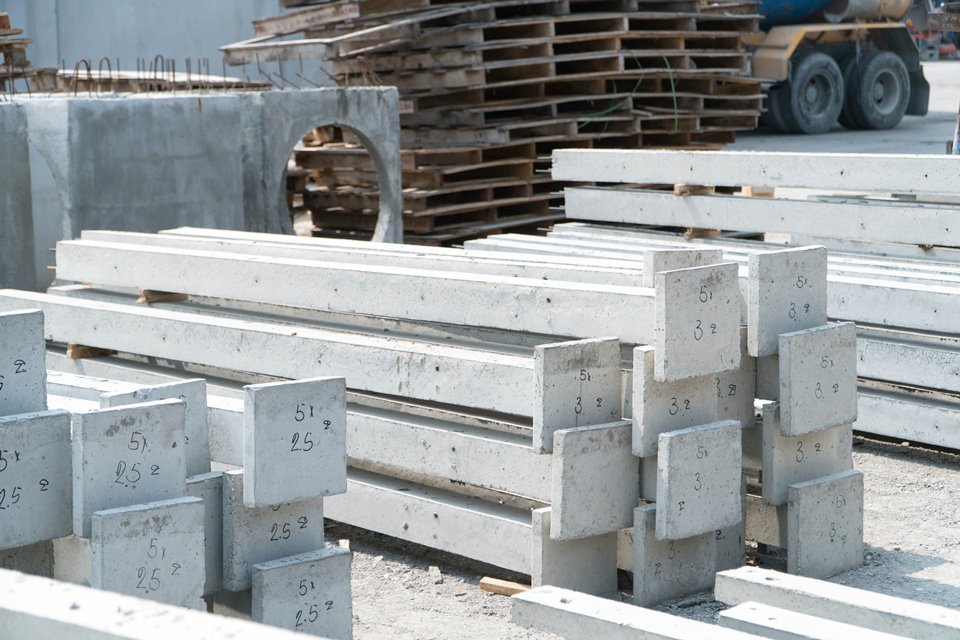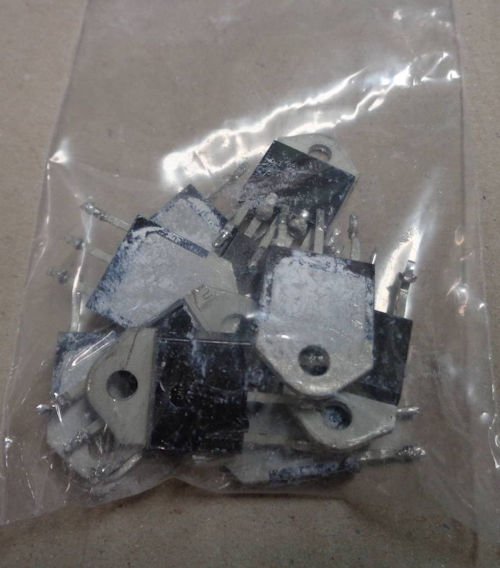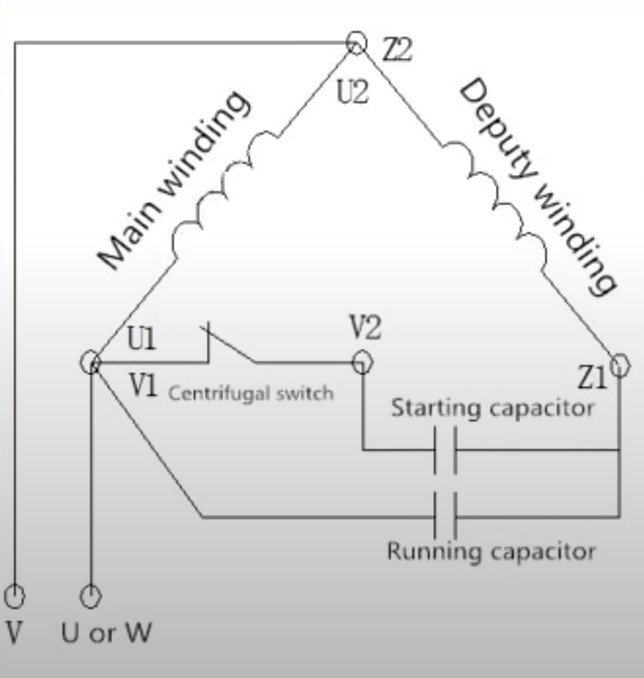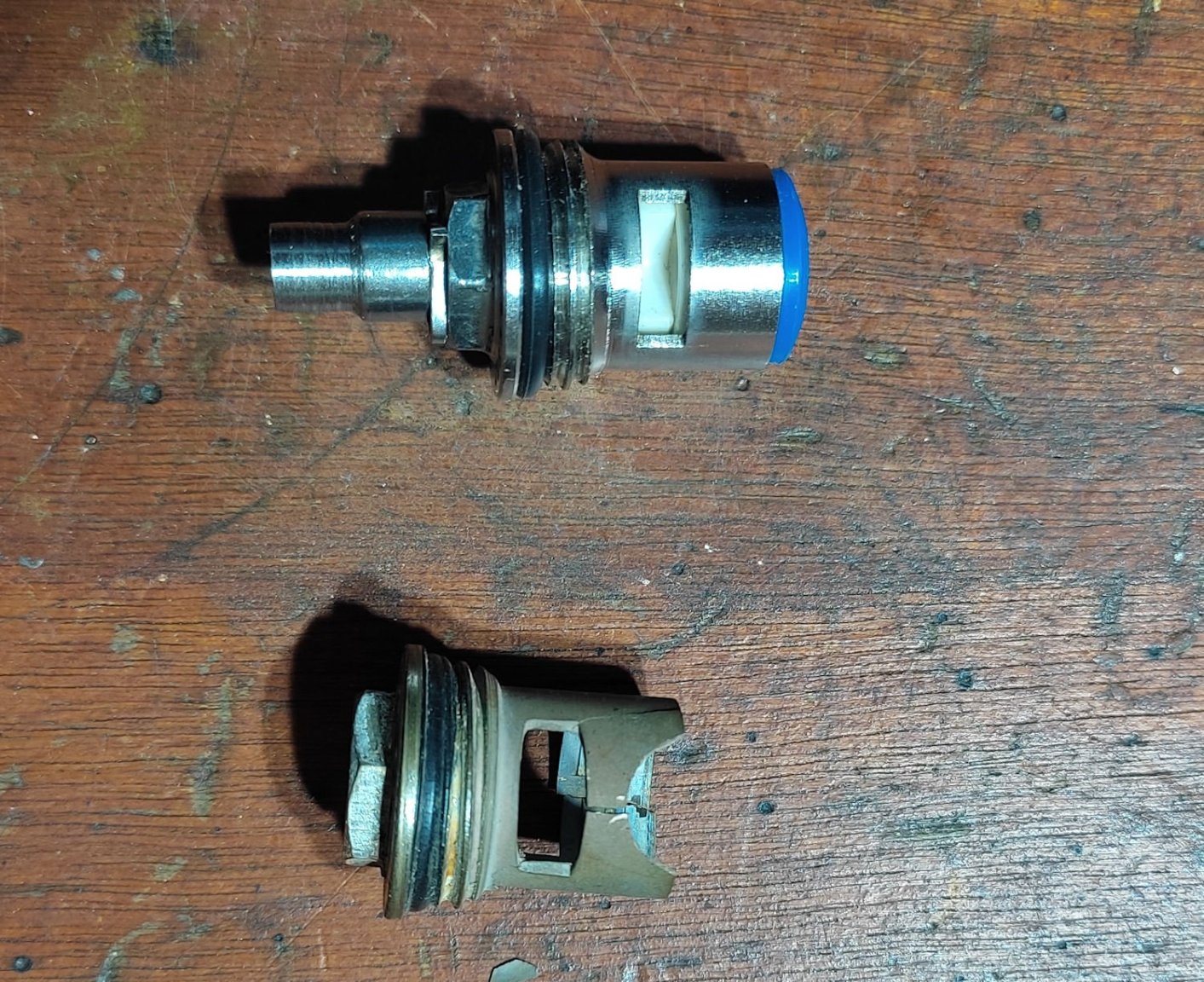
Fruit Trader
-
Posts
1255 -
Joined
-
Last visited
Content Type
Profiles
Forums
Downloads
Posts posted by Fruit Trader
-
-
- Popular Post
- Popular Post
I guess as a child, the guy in the OP video was told not to throw his toys when they don't perform as expected. Patience is a virtue.
-
 1
1
-
 4
4
-
 1
1
-
1 hour ago, NorthernRyland said:
Summarize this for me, so the debate with ceramic tiles is that while they block heat penetration they retain heat and will radiate heat during the night after the sun is down, therefore ventilation is extra important as compared to some lighter material. Is this correct?
There are so many factors to consider in the roof tile versus sheet material heat absorption and reflection argument.
Not easy to summarise, and unless a particular roof design, location and style is used, the argument could go on for many pages.
-
52 minutes ago, NorthernRyland said:
this goes over my head I guess. The reflective part is facing DOWN? I thought it was supposed to face up towards the sun?
You are not alone when it comes to understanding shiny side up or shiny side down because logic tells us we should reflect those bad rays back in the direction from which they came.
When it's not practical to add a reflective surface on the sunny side we can limit heat emitted inside by changing the surface facing into a room.
-
4 hours ago, Banana7 said:
Attached are a few pics of Lat Krabang beach which is just north of Pattaya.
Looks like Krathing Lai Beach near to the coastguard station.
-
 1
1
-
 1
1
-
-
- Popular Post
- Popular Post
Be aware that the roof structure might not be up to adding much more load.
Reducing emissivity is very effective and might be a lightweight cheap solution if it can be made to look tidy. Material with shiny side facing into the room achieves this.

-
 1
1
-
 2
2
-
On 4/9/2024 at 7:17 PM, Joinaman said:
Any reason why i need to use concrete posts on the corners, instead of just bonding the corners?
Looking at even the lowest compressive strength value of AAC blocks available in Thailand, probably no when considering your light roof load.
But to keep everyone's nerves in check and avoid having to form columns, you could set two readily available precast columns into your slab to form the corners then fill in with lightweight blocks.
Photo of precast columns.

Or, keeping to the no column theme, consider the same method as our work sheds which were constructed on rafts using hollow blocks and bars in vertical downpours. Bit of an overkill for a 4x4 extension though.
Photo shows start of our smaller shed using 150mm blocks. The larger shed 8x20M uses 200mm blocks.

-
4 hours ago, sometimewoodworker said:
That is because the standard in the U.K. is not AAC.
I seek a lesson.
A little reading at the UK Forterra (block manufacturer) website shows their lightweight block includes autoclave time in the manufacturing process.What is the difference between the Thai autoclaved block and the UK autoclaved block? Compressive strength ratings are similar for the various standards available in each country.
Laying of these blocks also varies between countries, with some using a glue mix and others standard mortar mix bed on walls that appear to be carrying a second floor load.
I include video showing the UK method of regular mortar bed.
-
 1
1
-
-
7 hours ago, bluejets said:
In fifty years I've never seen a triac that is "leaky".
As far as "fails completely" ...again fifty years show they go open.
Interesting because triacs are born leaky.
Some triac failure conditions in air conditioner fan control = unacceptable leakage, half wave, short or open. Fail closed = common.Leaky triacs available upon request, shipping negotiable.

-
The indoor unit fan not stopping when off button pressed is a common fault on AC's that electronically switch the fan using a triac (electronic switch). The triac becomes leaky or fails completely resulting in a constant connection from power line to fan motor.
The usual fix is to replace the control board or in some cases the board is taken away for component level repair. The average cost of Samsung control boards is around 1800 Baht plus how much the install throws on top for the service.
Its a good idea to disconnect AC's in rooms that are not used for long periods ideally via a double pole local isolator. This isolation takes away the standby power consumption and limits electronic damage from line spikes and surges.
-
 1
1
-
 1
1
-
-
1 hour ago, Yellowtail said:
Why? Virtually every locomotive in the US is powered this way as are many/most newer luxury yachts.
You would get the performance of an electric motor, and the convenience and range of an ICE.
You would get the performance of an electric motor, and the convenience of an ICE along with the series connection losses.
Any disadvantages or inefficiencies in the diesel electric system are in many applications far outweighed by the fact that electric motors can deliver very high torque on demand (to multiple axles if required) without the need for complex gearbox and clutch arrangements.
Applying this series technology to cars and adding a battery raises some efficiency questions around the regenerative systems being capable of compensating for efficiency losses during all driving conditions. A series connected hybrid car would be fantastic if it continually travelled uphill unloaded and back down with a full load.
-
 1
1
-
-
- Popular Post
- Popular Post
-
According to our in house guru there are several variations of the Mitsubishi single phase motor with two capacitors. The video below should provide clues to how your version is wired.
The Mitsubishi Super Line series have dual voltage (220/380) 3 phase variants in the same frame type which would be worth investigating if a change to 3 phase is preferred.
-
 1
1
-
-
1 hour ago, Kiniyeow said:
Not sure how U1 Z1 and Z2 U2 correspond to W U and V, but his is all that hangs out of the motor I have. There is no terminal strip of any kind that I can see unless it is inside the motor casing.
20 hours ago, Fruit Trader said:To try the VFD with capacitors in place, simply connect the existing motor supply terminals to V and U on the VFD leaving W not connected.
Trying without the capacitors will require you making a sketch of the motor circuit then wiring without capacitors and centrifugal switch. Even though U1 U2 Z1 Z2 are labelled in the terminal box, some motors wire the centrifugal switch back in the motor case and not at the terminal box so its important to trace and sketch the component connections. There will be a cover near or at the rear of the motor to locate the centrifugal switch.
If you want to skip using your existing motor, 220V 1.1Kw three phase motors with 90L B3 frame are readily available. Having three balanced windings in the rotation really is the best and most efficient way to go.
-
2 hours ago, Kiniyeow said:
To try the VFD with capacitors in place, simply connect the existing motor supply terminals to V and U on the VFD leaving W not connected.
Trying without the capacitors will require you making a sketch of the motor circuit then wiring without capacitors and centrifugal switch. Even though U1 U2 Z1 Z2 are labelled in the terminal box, some motors wire the centrifugal switch back in the motor case and not at the terminal box so its important to trace and sketch the component connections. There will be a cover near or at the rear of the motor to locate the centrifugal switch.
If you want to skip using your existing motor, 220V 1.1Kw three phase motors with 90L B3 frame are readily available. Having three balanced windings in the rotation really is the best and most efficient way to go.

-
- Popular Post
- Popular Post
Perfect....

-
 1
1
-
 2
2
-
 2
2
-
 1
1
-
- Popular Post
4 hours ago, transam said:I must ask, how come you are first on near all posts you respond too, is there a secret.
That question would be best put to a behavioural psychologist.
-
 1
1
-
 1
1
-
 1
1
-
2 hours ago, tomazbodner said:
I was reading on Kicks how it works, and that's not really a hybrid. Works like a diesel electric train.
It's an interesting topic. There has been much discussion about the efficiency of series hybrid (train locomotive style) compared to a parallel system where combustion engine and electric motor are mechanically connected to the final drive.
The Edison Motors story and their diesel electric truck is a good example of where efficiency arguments have been started.
There is a lot of misunderstanding and twisted facts surrounding the Nissan E-Power system. I guess most of this comes from the army of online motoring journalists.A tear-down video is the best way to understand how this system works and why there are many questions raised about its efficiency and energy losses through the various power stages.
-
 1
1
-
 1
1
-
-
3 hours ago, Crossy said:
Wire it like the dotted line after removing the cap. and reverse should be available.
I'd test first without removing the cap to ensure you're good like that. So just motor L and N to W and V.
Motor should look like this inside, remove the cap and connect U to the aux winding.
If it goes the wrong way, swap V & W.
The OP might be confused when opening the motor because the spec plate mentions separate start run capacitors. There will be a switch facility somewhere on the motor.
Not a problem trying a VFD on this motor but best he is aware of the increased complexity under the covers.
Option 1

Option 2

-
 1
1
-
-
1 hour ago, Encid said:
But now I find that I am unable to find any transformers any more in any of the large stores like HomePro or Thaiwatsadu.
I have even tried a few "mom & pop" hardware stores locally, but none are available.
Numchai Electrical Naklua were holding stock of Philips electronic 220-12V transformers end of last year.
If above has no stock alternatives below.
Pomchai Electric
Pornchai Electric 1
Pornchai Electric 2 -
38 minutes ago, tomazbodner said:
How could an aircon compressor in a room that's not sold (so aircon not running) blow up and catch fire? Daikin uses R32 gas, the most advanced coolant, and very difficult to ignite (see video below).
Only way this could happen would be sustained fire inside compressor box to allow gas to be trapped there long enough to ignite. But what could cause a sustained fire?
I'm really looking forward to see what the investigation comes up with.
How could an AC air compressor blow up and catch fire in a room that's not occupied. Maybe a staff member left the AC switched on.
Clue - A housekeeper in the building said she heard a loud explosion.
If an AC compressor suffers from extreme overheating there's a chance it will vent or explode. What happens to the hot oil and surrounding materials is up to the gods.
-
2hp brushless DC motor/pump with mppt controller, no battery required electronic controller handles the start load.
There are many specs for these pumps to suit various panel arrangements and voltages.
Example spec :-Output 190V 1500W.
Solar panels open circuit voltage <430V power >1900W.
Approx cost excluding panels 12-14k Baht.
-
 1
1
-
-
- Popular Post
- Popular Post
The book burnings were started by the German Students Union who wanted to remove any literature that was thought to be leading Germans astray. To say the Nazis did not burn Trans books is far fetched to say the least.
I think its reasonably safe to say some of Magnus Hirschfeld's transgender health care literature went on the fire when book burnings began at the Institute Of Sex Research.
The Twelve Theses were issued to purify the German language and remove any literature influenced by the Jews.
-
 1
1
-
 3
3
-
8 hours ago, Retfed50 said:
In my opinion,due to the lack of consistency in water supplies here, brass is the better option. We have well water, and even with the water treatment system, it plays havoc with anything metal. Even stainless rusts, which brass will not.
Some of the brass faucet inserts in areas that use our well water have suffered from dezincification which causes the insert body to become brittle and fail. The solution was to replace these inserts with stainless steel.
Below photo shows a brass insert that has become brittle and cracked alongside a stainless steel replacement from China. We have machined down the spindle of the replacement to fit the faucet lever. It can be difficult finding inserts that are an exact match.-
 1
1
-
-
2 hours ago, Kinnock said:
So please explain? Or is this just a defensive response due to buyers remorse?
Ouch!
-
 1
1
-
 1
1
-














Help identifying this roofing material
in DIY Forum
Posted · Edited by Fruit Trader
TPI Luxuria - concrete tile
Maybe...